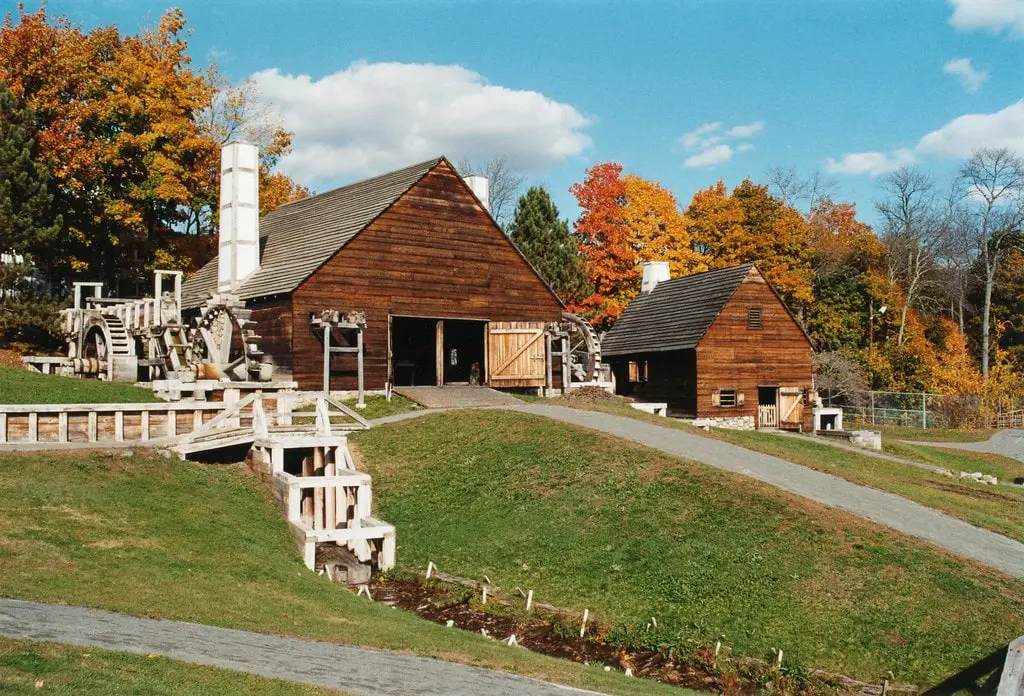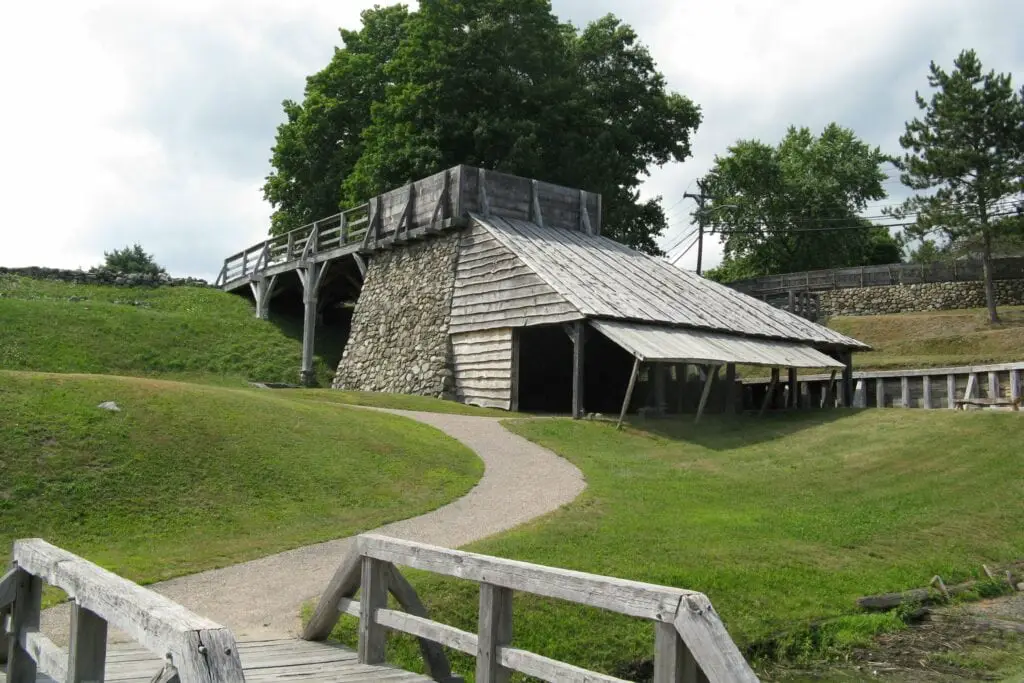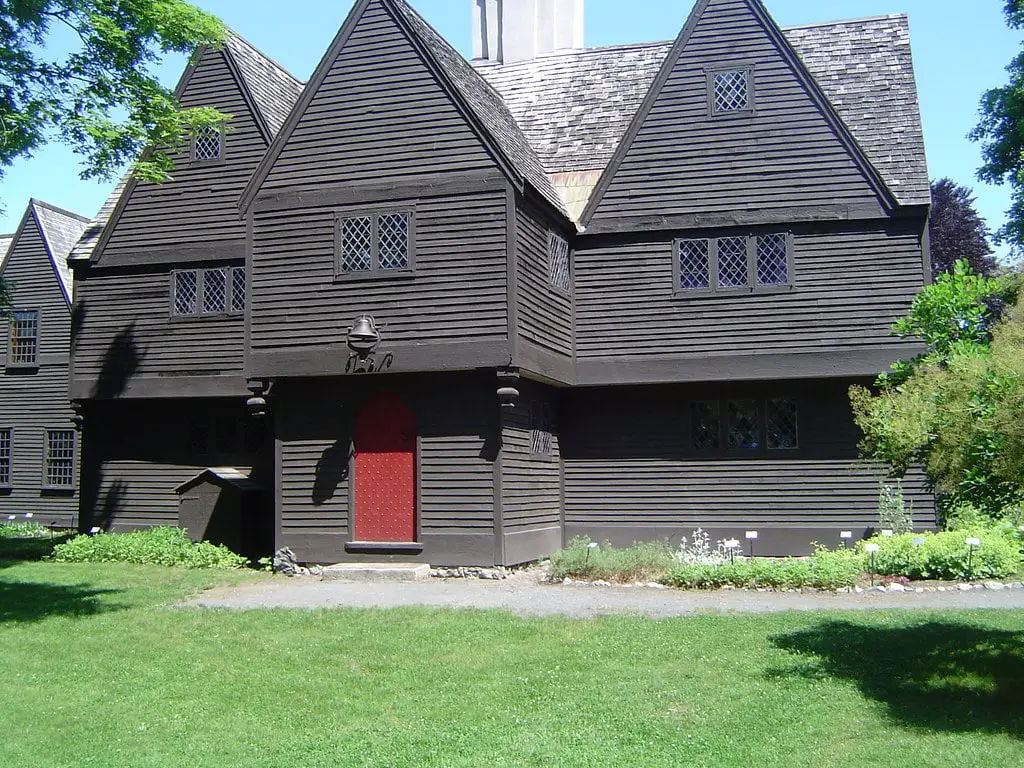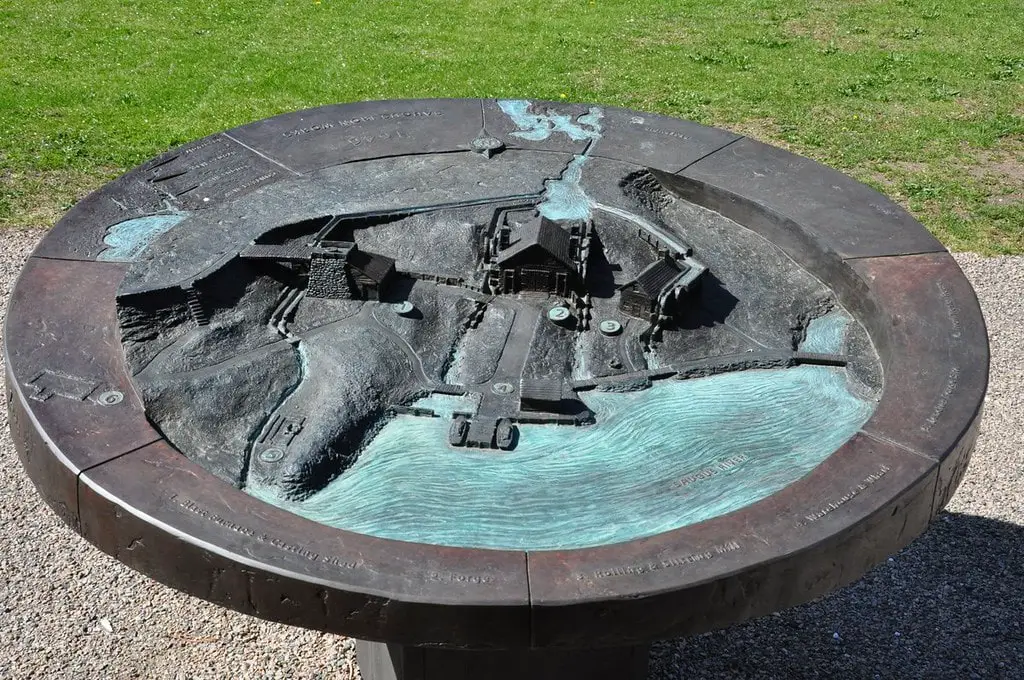The Inception and Historical Significance of Saugus Iron Works
Nestled in the heart of Saugus, Massachusetts, the Saugus Iron Works National Historic Site is a living testament to the dynamic spirit of early American settlers. This site, which spans twelve acres along the banks of the Saugus River, is recognized as the birthplace of the American iron and steel industry.
The inception of the Saugus Iron Works dates back to the mid-17th century, around 1646, under the visionary leadership of John Winthrop the Younger. Winthrop, a man of science and a keen business mind, was instrumental in establishing the ironworks.
He brought skilled workers from England to operate the complex machinery, marking the beginning of a venture that would significantly contribute to the colonial era.
Saugus Iron Works produced a wide array of goods, from practical tools to nails, which were integral to the burgeoning settlements of the New World. However, the Ironworks’ journey was not without its share of challenges.
High labor costs, financial mismanagement, and lawsuits plagued the operation. By 1670, the ironworks had ceased production, leaving a legacy that would lay dormant for centuries, only to be rediscovered and appreciated in the coming years.
The Intricacies of Iron: Delving into the Iron-Making Process
The iron-making process at Saugus Iron Works was a marvel of 17th-century technology. The site had a blast furnace, forge, rolling mill, shear, slitter, and a quarter-ton trip hammer. These tools produced pig iron, gray iron, and wrought iron, each with unique properties and uses.

The blast furnace, the heart of the operation, was where iron ore was smelted into a liquid state. This molten iron was refined and shaped into merchant bars and other products.
This process was labor-intensive and required a high degree of skill, making the Saugus ironworkers some of the colony’s most valuable laborers.
The Community Behind the Forge: The Workers and Society
The workers at Saugus Iron Works were more than just laborers; they were a community. Skilled workers from England brought their expertise to the New World, working alongside indentured servants to keep the forges running.

Life at the ironworks was not easy. The workers faced long hours, harsh conditions, and conflicts with local Puritan laws. Despite these challenges, they persevered, contributing to the growth and prosperity of the Massachusetts colony.
Rising from the Ashes: Site Reconstruction and Restoration
The Saugus Iron Works lay forgotten for centuries until the 20th century when antiquarian Wallace Nutting purchased a 17th-century house near the site. Nutting restored the house and sparked interest in the forges.
Today, major preservation and restoration efforts are underway at the site. The Blast Furnace, Casting Shed, and Charging Bridge are all undergoing extensive work to preserve them for future generations. These efforts ensure that the story of Saugus Iron Works continues to be told.

The Legacy Lives On: Saugus Iron Works Today
The Saugus Iron Works National Historic Site is more than just a relic of the past; it’s a living piece of history. The twelve-acre site features working waterwheels, forges, mills, a historic 17th-century home, and a lush river basin.
Visitors can explore the site, learn about the iron-making process, and even participate in a free, youth-focused program. The site serves as a reminder of the extraordinary things that happened on the banks of the Saugus River in the 1600s.
Conclusion
The Saugus Iron Works National Historic Site is a testament to the early American settlers’ ingenuity, resilience, and spirit. It is a reminder of our past and a beacon for our future. As we walk the grounds, we are walking in the footsteps of those who came before us, those who dared to dream, innovate, and build.

